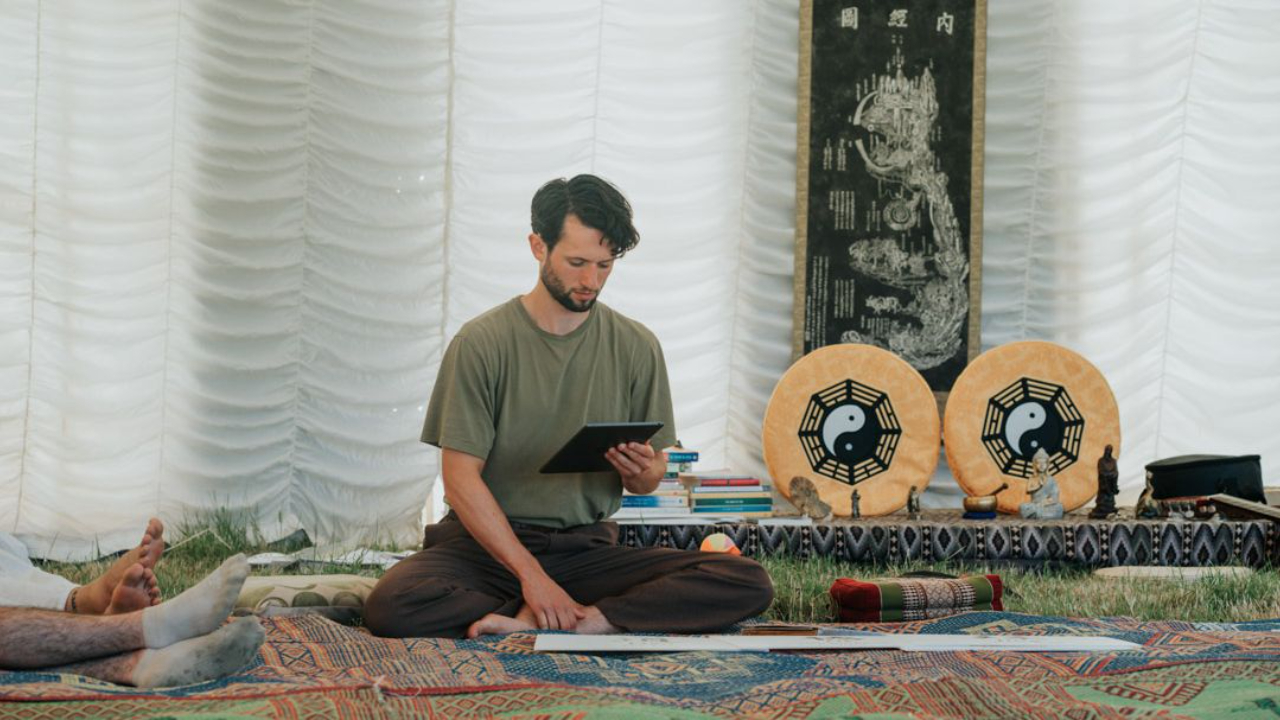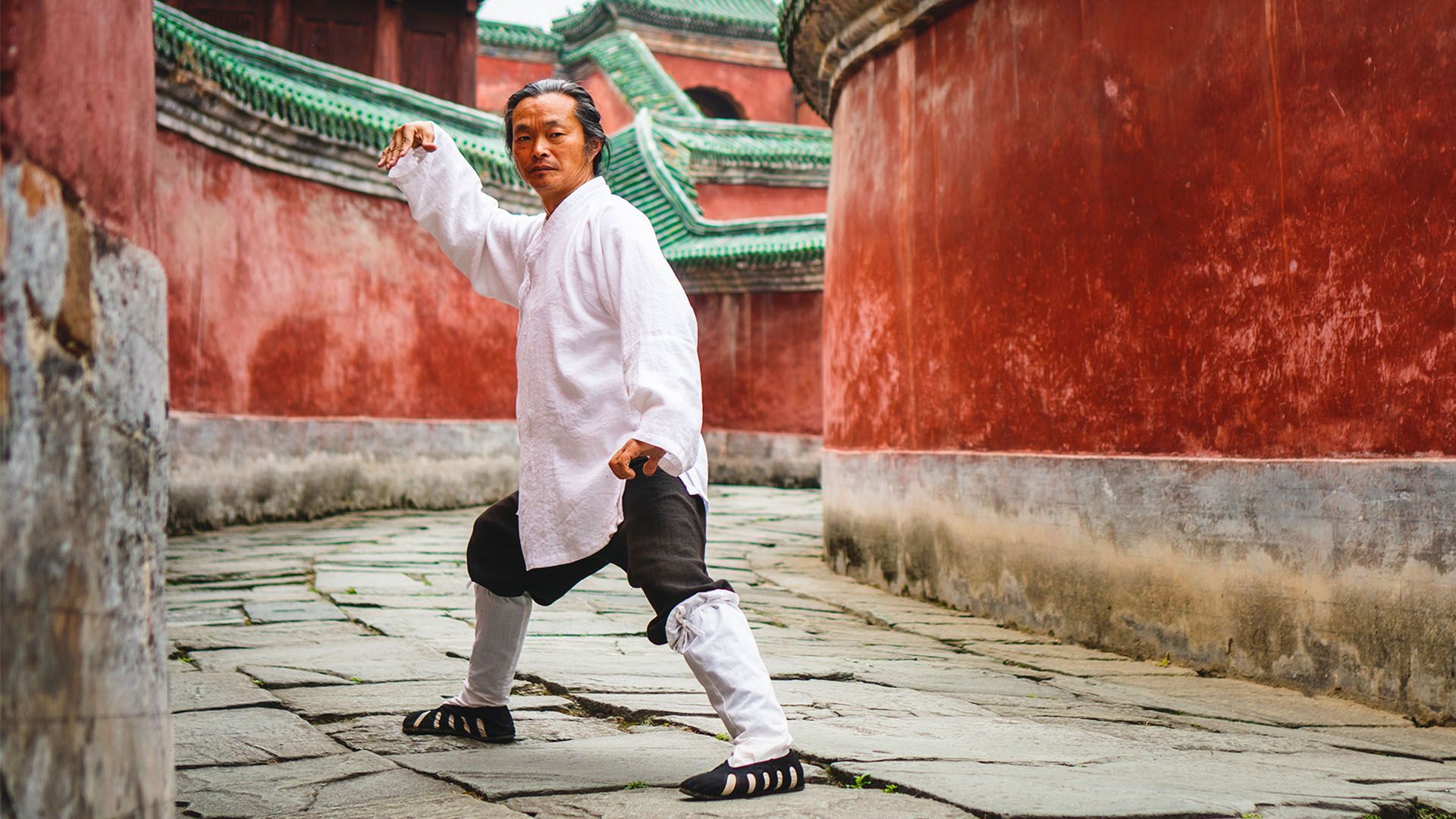Tai Martial Arts: Basics Forms of Tai Chi in Martial Arts
Jan 13, 2024
In today's fast-paced world, the ancient wisdom of martial arts often gets lost in the noise of modern fitness trends. Yet, research shows that traditional practices like Tai Chi offer more than just physical benefits; they embody a holistic approach to well-being. Tai Martial Arts, particularly Tai Chi, stand as a testament to this age-old wisdom. This martial art, originating from China, is not just a form of self-defense but a path to mental and physical harmony. Understanding the basic forms of Tai Chi is crucial for anyone seeking a balanced approach to health and wellness. This exploration of Tai Chi will guide you through its fundamental principles, helping you to unlock the secrets of this graceful and powerful art form.
Table of Contents
Understanding the Essence of Tai Martial Arts
Tai martial arts, often symbolized by the fluid movements of Tai Chi, represent a deep cultural heritage. This practice, transcending mere physical activity, integrates elements of Taiji and self-defense. Unlike the hard techniques of Karate, Tai martial arts focus on softness and internal power. Practitioners learn to redirect an opponent's energy, embodying the principle of "using softness to conquer hardness." The essence of Tai involves mastering both the physical forms and the underlying philosophy. It's a journey of self-discovery, blending martial techniques with life principles.
Tai Chi: A Harmonious Blend of Kung Fu and Philosophy
- Tai Chi, an integral part of martial arts, merges Kung Fu's dynamics with philosophical depth.
- Practicing Tai Chi involves a stylistic fusion of Taijiquan's fluid movements and mental focus.
- Originating from ancient Chinese martial traditions, Tai Chi transcends the typical fist and physical combat.
- In Tai Chi, practitioners learn to redirect an opponent's energy, embodying Taiji's principle of soft overcoming hard.
The Role of Yin and Yang in the Essence of Tai Martial Arts
- Tai Chi exemplifies the Yin and Yang balance, essential in martial arts philosophy.
- The fluidity of Tai Chi movements reflects the harmonious interplay of Yin and Yang forces.
- Practicing Tai Chi cultivates an awareness of opposing yet complementary forces, akin to life's Yin and Yang.
- Mastery in Tai Chi, much like in martial arts, demands an understanding of Yin and Yang's dynamic equilibrium.
The Philosophy Behind Tai Martial Arts
Tai martial arts, often referred to as 'Tai Chi Chuan' or 'T’ai Chi Ch’uan,' embody a deep philosophical essence. Originating in ancient China, this internal Chinese martial art intertwines physical movements with a profound philosophical foundation. The philosophy of Tai Chi is deeply rooted in Taoist and Confucian principles, emphasizing the balance of yin and yang. Practitioners of Tai Chi, from Beijing to Hong Kong, embrace this philosophy not just as a martial art form but as a way of life.
Qigong and Its Philosophical Influence in Tai Martial Arts
Qigong, an integral component of Tai martial arts, profoundly influences its philosophy. This ancient practice, focusing on deep relaxation and controlled breathing, complements Tai Chi's movements. It's a meditation in motion where practitioners trace their development back to early Taoist and Confucian philosophies. Qigong in Tai Chi is not just about physical drills; it's a mental and physical journey towards harmony and balance.
The philosophy of Qigong, deeply entwined with Tai Chi, teaches practitioners to leverage their energy for both self-defence and spiritual enlightenment. This harmonious blend of Qigong and Tai Chi’s principles embodies the real art of internal martial arts, promoting mental, muscular, and spiritual well-being.
Tai Chi: Significance in Tai Martial Arts
Yang Style Tai Chi: A Pillar in Martial Arts Heritage
Tai Chi, often known as Tai Chi Chuan, plays a vital role in Tai martial arts, deeply rooted in Taoist philosophy. This internal Chinese martial art represents a blend of mental and physical harmony. The Yang style of Tai Chi, distinguished by its smooth, slow-motion movements, significantly shapes martial arts. It traces back to the early 1800s, originating from the Yang family in Beijing. Yang style, focusing on balance and deep relaxation, integrates striking techniques for self-defense. It embodies a complete martial system, emphasizing musculoskeletal development and health benefits.
Modern schools teaching this style often incorporate traditional principles like tuishou (push hands) and taolu (solo hand forms), underscoring its philosophical and meditative aspects. The style, meaning "ultimate fist," highlights its importance in martial arts, offering self-defense and internal strength.
Basic Forms in Tai Chi

In the world of Tai Chi Chuan, a traditional Chinese martial art, practitioners embrace a variety of forms, each with its own unique characteristics and benefits. These forms, deeply rooted in Taoist philosophy and the principles of yin and yang, offer a blend of meditation, self-defense, and health benefits.
-
Yang Style: Known for its gentle, flowing movements, the Yang style is perhaps the most popular form globally. Originating from the Yang family, it emphasizes continuity and softness, making it ideal for beginners.
-
Wu Style: The Wu style focuses on internal martial arts and is characterized by smaller, more subtle movements. It's a favorite among those seeking deep relaxation and mental focus, enhancing the musculoskeletal system.
-
Chen Style: As the oldest form, stemming from Chen Wangting in the early 1800s, Chen style combines fast and slow movements. It offers a dynamic routine that challenges both the body and mind.
-
Sun Style: A hybrid style that traces its development to the Sun family, Sun Style blends Tai Chi with elements of Xingyi and Bagua. It's known for its unique stepping pattern and agile footwork.
-
Hao Style: This less common form is notable for its small, tight movements, focusing on internal strength. Hao style is often recommended for advanced practitioners due to its complexity and emphasis on internal Chinese martial arts.
Each of these forms, be it Yang, Wu, Chen, or Sun, represents a distinct approach to practicing Tai Chi. They cater to various needs, from health and meditation to martial applications, reflecting the rich and diverse heritage of Tai Chi's evolution through the centuries.
Practice Tai Martial Arts
The Journey of a Tai Chi Practitioner: From Beginner to Mastery:
Practicing Tai Chi, often referred to as Tai Chi Chuan, starts with mastering basic postures. This traditional Chinese martial art, rich in history and philosophy, is more than a routine; it's a path to self-awareness. Beginners in Tai Chi classes learn slow-motion movements, embodying the 'ultimate fist' philosophy. With each Tai Chi's form, from Yang to Chen style, students develop deeper insights.
Practitioners often trace their development from simple drills to complex taolu, embracing the martial art's real power. Mastery in Tai Chi comes with understanding its philosophical roots, originating from Taoist and Confucian thoughts, and integrating these into every movement.
Integrating Qigong and Tai Chi in Martial Arts Practice:
Physical and Mental Benefits
Physical Benefits:
- Tai Chi Chuan, a traditional Chinese martial art, enhances the musculoskeletal system through fluid movements.
- Regular practice of Tai Chi, especially the Yang and Wu styles, improves posture and balance.
- Practicing the Chen style, known for its dynamic routines, boosts muscular strength and endurance.
- Engaging in Tai Chi's push-hand drills leverages internal martial arts techniques for better physical coordination.
- Tai Chi, often incorporating qigong, fosters deep relaxation and aids in healing various physical ailments.
Mental Benefits:
- Tai Chi's philosophy, rooted in Taoist and Confucian thought, promotes mental and physical harmony.
- The meditative aspect of Tai Chi routines, like the Hao style, enhances mental clarity and focus.
- Tai Chi training, especially in schools that trace their development to ancient masters, nurtures mindfulness.
- Engaging in Tai Chi, literally meaning 'ultimate fist', fosters a sense of deep, internal strength.
- Practicing Tai Chi’s slow-motion movements offers a unique form of mental relaxation and stress reduction.
Students also get to join Master Gu for a live Zoom Q&A every month to ask their questions. If you are interested in becoming a student, click here to learn more!
Conclusion
The journey through the world of Tai Chi reveals its depth and versatility as a martial art. It's more than just a series of movements; it's a way of life that harmonizes the mind and body. Through practicing the basic forms of Tai Chi, one discovers a unique blend of strength, flexibility, and inner peace. This art form proves to be a valuable tool for anyone seeking a holistic approach to health and fitness.
As we conclude this exploration of Tai Martial Arts, one question lingers: How might integrating Tai Chi into your daily routine transform your approach to personal wellness and mindfulness?
FAQs
1. What is the historical significance of Tai Chi in martial arts?
Tai Chi, an internal Chinese martial art, has a rich history dating back to the 17th century in China. Originally related to Taoism, it is known for its principles of balancing yin and yang, emphasizing both mental and physical wellness.
2. How does Tai Chi differ from other martial arts like Shaolin Kung Fu?
Tai Chi is distinct from styles like Shaolin Kung Fu, which is known for its quick, forceful movements and weapon use. In contrast, Tai Chi focuses on slow, intentional movements, emphasizing internal power over physical strength.
3. What are the physical and mental benefits of practicing Tai Chi?
Practicing Tai Chi offers numerous health benefits, including improving flexibility, alleviating lower back pain, and aiding in conditions like osteoporosis and arthritis.
4. Can Tai Chi be used for self-defense?
Despite its slow and graceful appearance, Tai Chi is a high-level martial art that is effective for self-defense. The movements, when performed at a mastered pace, can transform into effective blocks and counter-attacks.
5. What are some tips for practicing Tai Chi effectively?
To practice Tai Chi effectively, it's important to start with relaxation, concentrate entirely on the exercise, maintain an upright posture, keep the spine straight, and ensure the waist and hips are relaxed.







